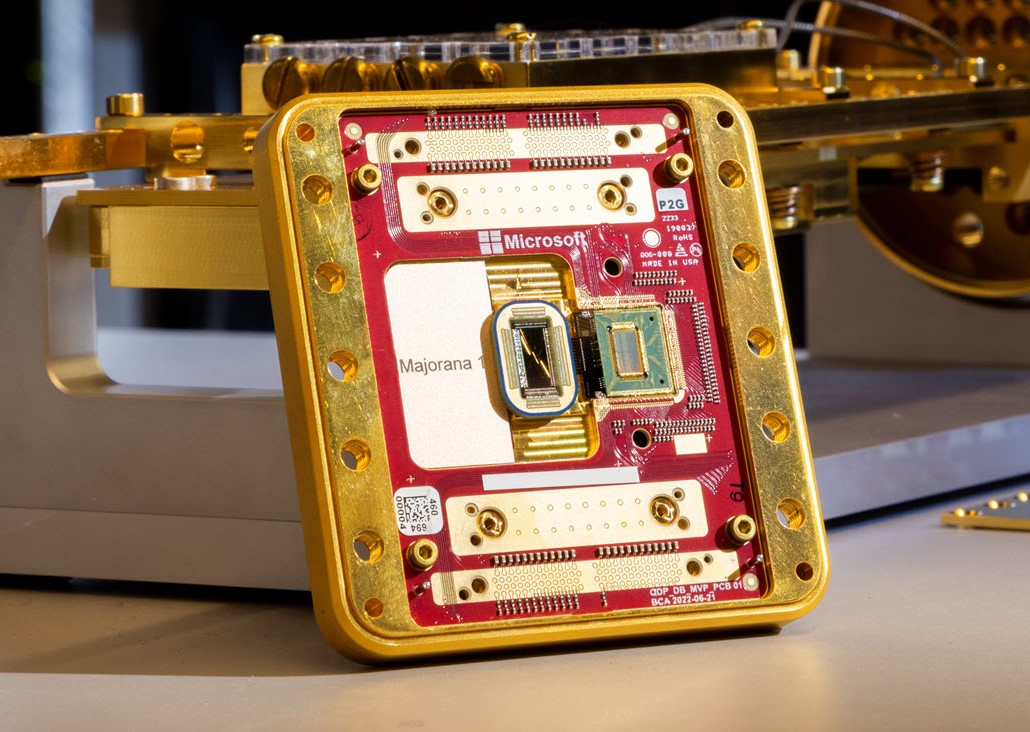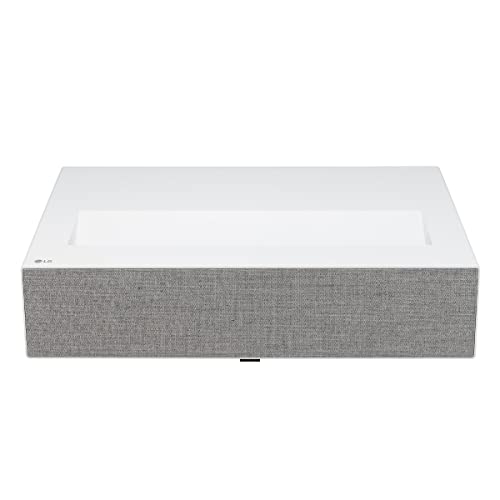NASA and Lockheed Martin achieved a major milestone today in their quest to revolutionize air travel, successfully conducting the first engine test of the X-59 QueSST, an experimental aircraft designed to fly supersonic without creating disruptive sonic booms.
Why it matters: The achievement fundamentally changes the future of supersonic flight by demonstrating technology that could enable commercial aircraft to fly faster than sound over populated areas, currently prohibited due to noise concerns.
Technical Innovation: The X-59 introduces several breakthrough technologies that transform how supersonic aircraft interact with the atmosphere:
- Advanced airframe design breaks up shock waves
- Sophisticated external vision system replaces forward windows
- Unique engine placement minimizes sonic boom formation
Performance Specifications: The aircraft pushes boundaries in aviation engineering while maintaining strict noise control:
- Cruises at Mach 1.42 (937 mph)
- Operates at 55,000 feet altitude
- Produces only 75 EPNdB ground noise
The X-59’s design represents a dramatic departure from traditional aircraft architecture. At 99.7 feet long with a wingspan of 29.5 feet, its distinctive shape features a long, tapered nose and top-mounted engine intake specifically engineered to prevent shock waves from coalescing into loud sonic booms.
“We have successfully progressed through our engine ground tests as we planned,” said Raymond Castner, X-59 propulsion lead at NASA’s Glenn Research Center. “We were getting smooth and steady airflow as predicted from wind tunnel testing. We didn’t have any structural or excessive vibration issues. And parts of the engine and aircraft that needed cooling were getting it.”
To overcome visibility challenges posed by the extended nose, engineers developed an External Vision System (XVS) utilizing 4K cameras and infrared sensors to provide pilots with a clear view during all flight phases.
The aircraft’s General Electric F414 engine, producing 22,000 pounds of thrust, underwent its first ground test today at Lockheed Martin’s Skunk Works facility. This milestone marks the beginning of an extensive testing program scheduled to continue throughout 2025.
Once initial flight testing concludes, NASA plans to conduct community response studies by flying the X-59 over several U.S. cities. The data collected will help regulators reassess current restrictions on supersonic flight over land.
Looking ahead, successful demonstration of this technology could enable development of commercial aircraft capable of cutting cross-country flight times in half while producing no more noise than a closing car door.




























